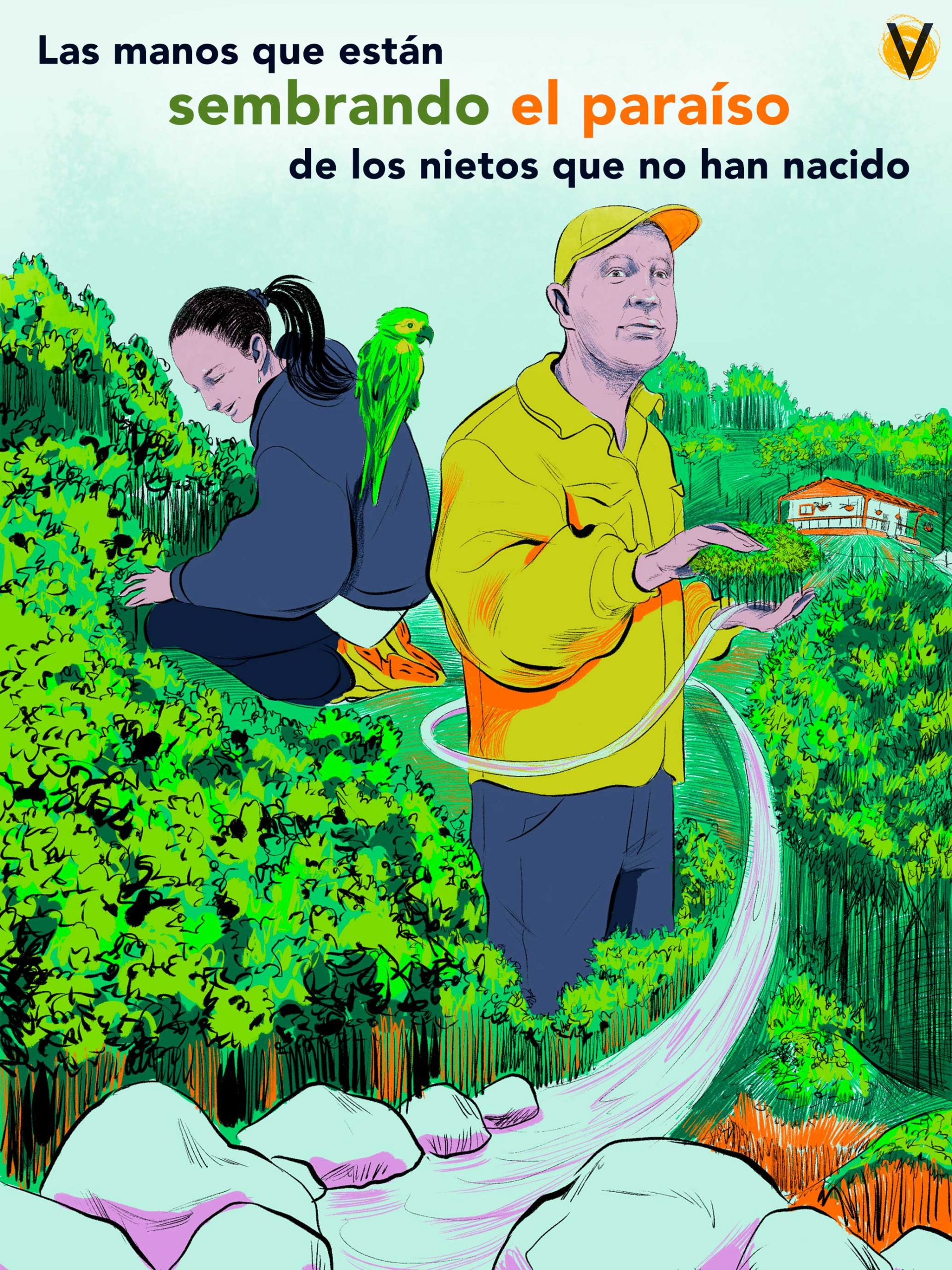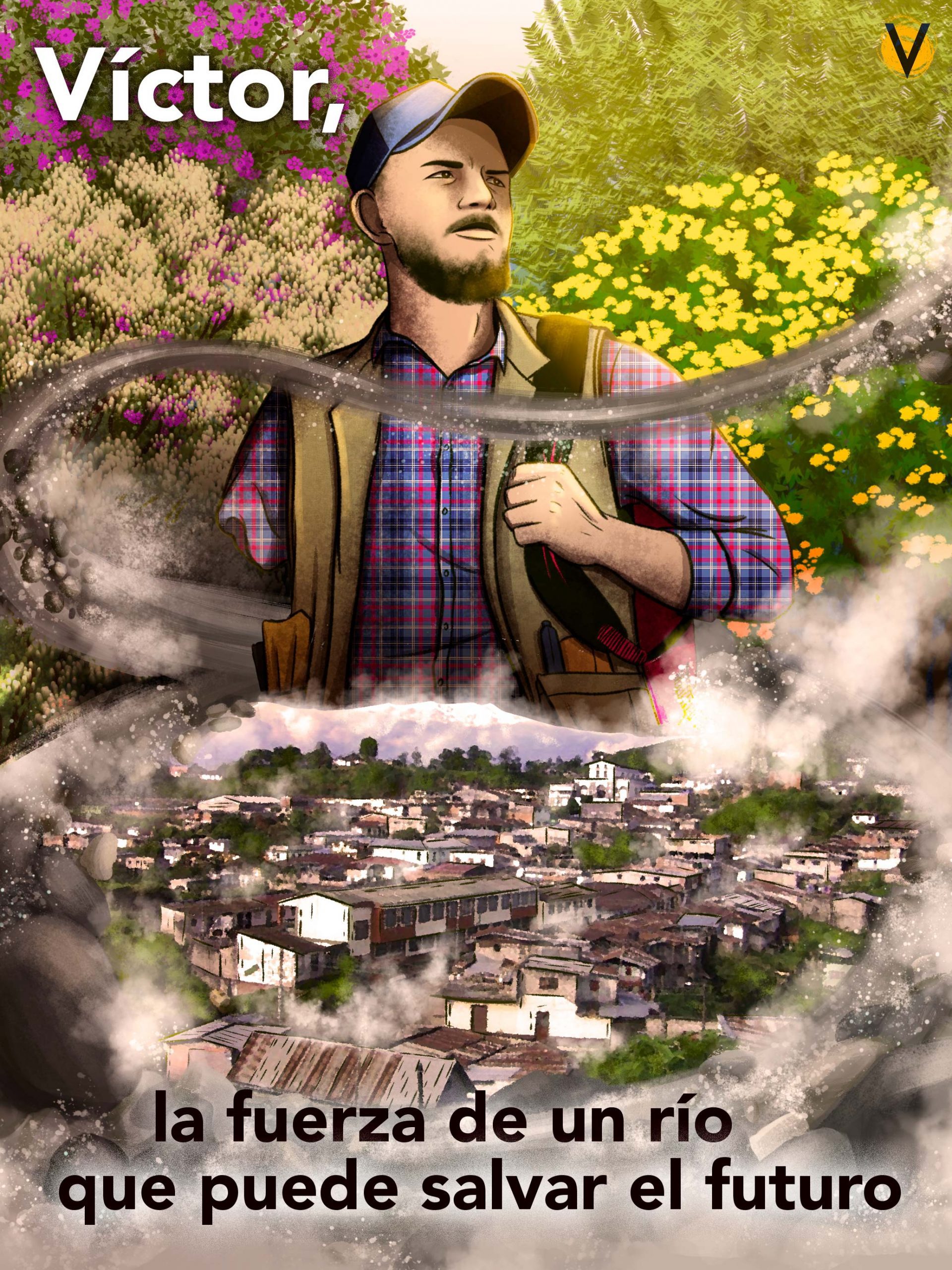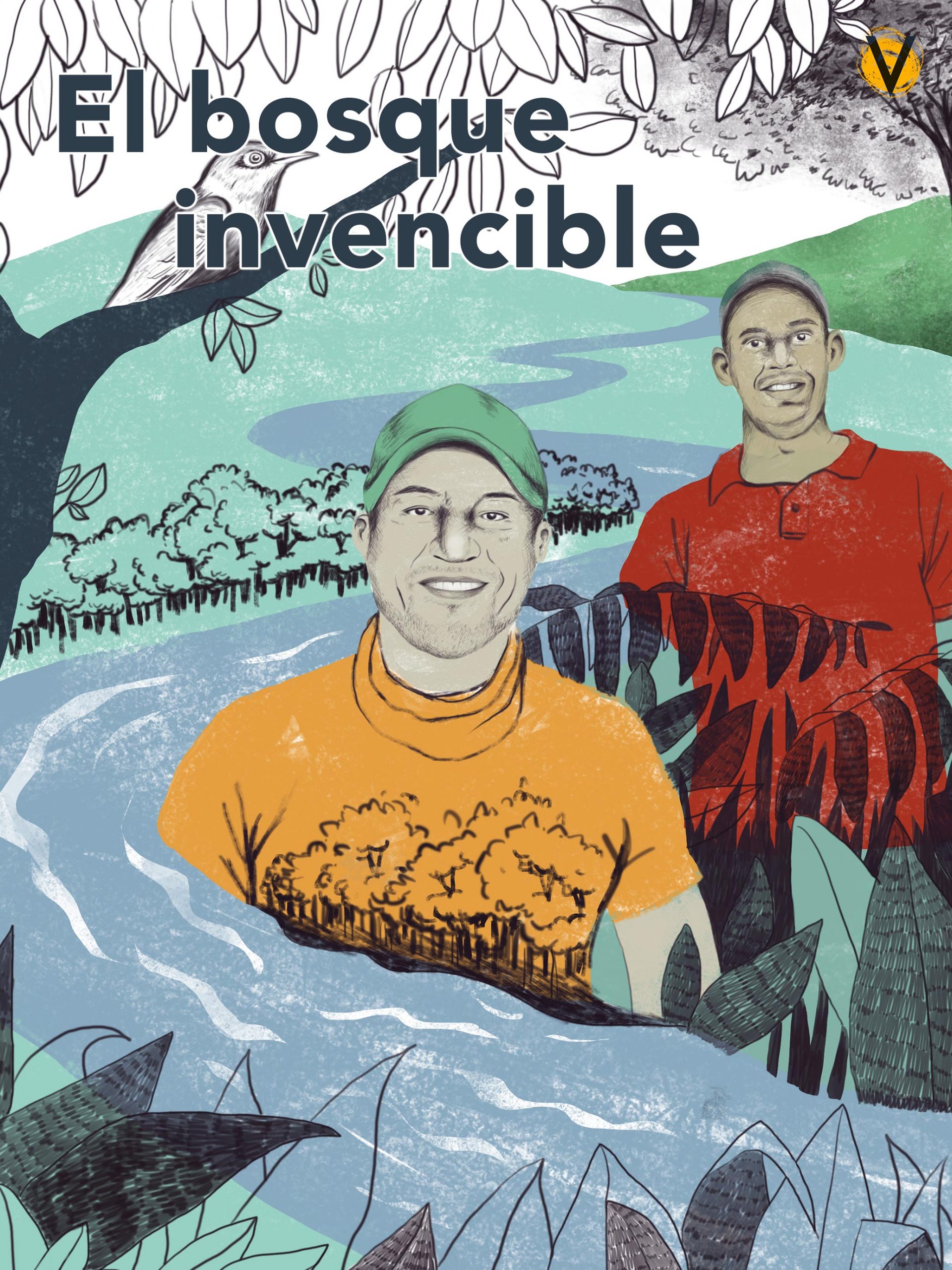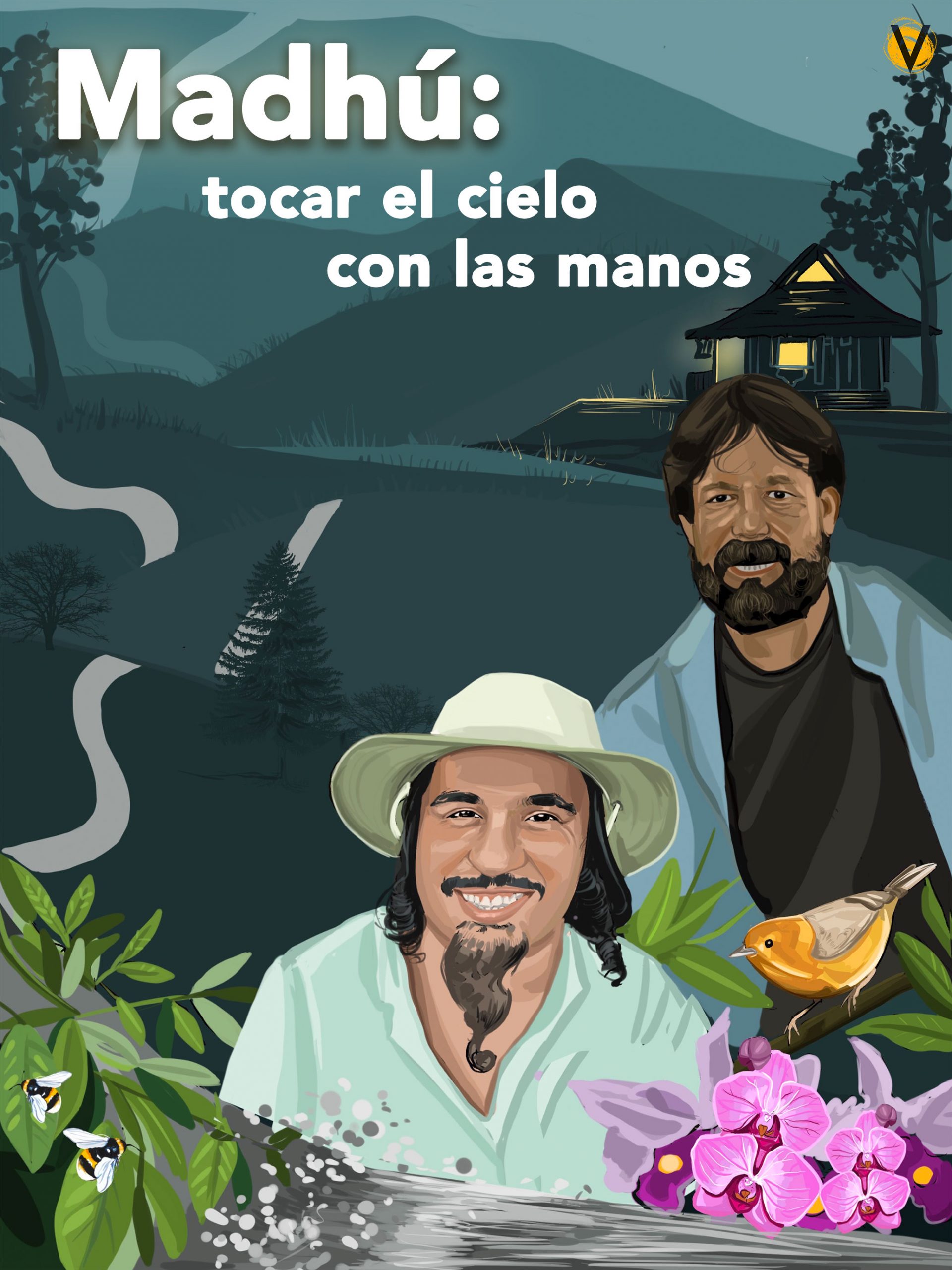Vamos a sembrar un millón de árboles
Sembraremos un millón de árboles en todo el territorio de Colombia.Through ReverdeC, we want to plant 10 million trees in 10 years, between 2016 and 2026. Our purpose is to increase forest cover and participatory ecological restoration of watersheds, many of which supply municipal and rural aqueducts in Valle del Cauca, Antioquia and Tolima.
This is how we are moving forward
10 million trees planted.
100 % local labor and suppliers. 16% are local women.
41 municipalities intervened
5.200 hectares restored
10 threatened species planted
34 river basins intervened
Community meetings and dialogs about knowledge
Community plantings
ReverdeC, with a new approach
In order to increase forest cover and watershed protection, we have identified the opportunity to strengthen our impact on the territories through the prioritization of watersheds and the implementation of participatory restoration designs and impact monitoring. The prioritized watersheds are of high environmental and conservation importance due to the ecosystem services they provide, and aim to generate positive impacts on the territory derived from the restoration actions, such as water regulation, increased flow, protection of biodiversity and, in general, of the ecosystems present in the watershed.
Especies planted
The ReverdeC program has used 300 species for its restoration processes, of which 69 are native species. Therefore, traditional trees such as common myrtles (Myrtus communis), English walnut (Juglans regia), vainillo (Senna spectabilis), nacedero (Trichanthera gigantea) and Guadua bamboo (Guadua angustifolia) are planted in the intervened watersheds.
Most of these species are watershed protectors, provide nutrients to soils, produce nitrogen-rich foliage and others are fruit-bearing.
Likewise, in order to help preserve the ecosystems, we are planting 9 threatened species of trees: Carob (Ceratonia siliqua), Oak (Quercus), Colombian walnut (Juglans neotropica), comino (Aniba perutilis), mahogany (Swietenia macrophylla), cedro de altura (Cedrela montana), pink cedar (Acrocarpus fraxinifolius), sangretoro (Virola parvifolia) and Colombian pine (Retrophyllum rospigliosii).
Working with communities
The objective of the program’s social management is to build links between the communities, ReverdeC and the territories, so that the interventions carried out have a common meaning for those who contribute to them.
The active participation of communities in the development of this program is the most important factor to ensure the success and sustainability of the planting. For this reason, we engage community organizations and 100 % of the labor and suppliers are from the region.
The program also has a series of community educational and awareness-raising activities, since one of its goals is to make planting and intervention a sustainable model, where the communities acquire a high level of ownership and even find their sustainability in protecting the water basins of Valle del Cauca, Antioquia and Tolima.
ReverdeC would not be possible without our partners
Valle del Cauca
- Corporación Autónoma Regional del Valle del Cauca (CVC)
- Fundación Fondo de Agua por la Vida
- Coffee Growers’ Committee
- Vallenpaz
- Valle del Cauca Governor’s Office
- SENA
- Ganadería Colombiana Sostenible
- Fundación Guayacanal
- Mayors
- Corporación Paisajes Rurales
- Community organizations
Antioquia
- Fundación Grupo Argos
- Tekia S.A.S.
- Corantioquia
- Cornare
- Antioquia Governor’s Office
- Fundación Natura
- Odinsa
- Mayors
Tolima
- Fundación Grupo Argos
- Tekia S.A.S.
- Cortolima
- Tolima Governor’s Office
- Mayors
Do you know what trees are good for?
¿Sabes para qué nos sirven los árboles?
- Reducen las emisiones de carbono en la atmósfera, pues para su proceso natural de crecimiento, fijan CO2 atmosférico.
- Facilitan la filtración de agua a través del suelo y su acumulación en el subsuelo, generando reservas de agua.
- En temporada de lluvias, los árboles retienen parte del agua, y así se evitan inundaciones.
Protegen la fauna, pues son el hogar de miles de animales típicos de la región.
- Los árboles mejoran las condiciones de microclima, ya que con su sombra protegen el suelo y los territorios.
- Con las diferentes acciones de conservación en las cuencas hidrográficas, se busca aportar a la conservación del recurso hídrico y producir follajes ricos en nitrógeno. Igualmente, aportar a la descontaminación del aire, a la recuperación de terrenos erosionados y la preservación de la biodiversidad.
Para más información del proyecto contacta a:
Marta Gallego
mgallego@celsia.com
ReverdeC en imágenes
![[:es]Image1[:]](https://www.celsia.com/wp-content/uploads/2021/02/Image1.png)
![[:es]Image1[:]](https://www.celsia.com/wp-content/uploads/2021/02/Image1.png)
![[:es]Image1[:]](https://www.celsia.com/wp-content/uploads/2021/02/Image1.png)
![[:es]Image Place Holder[:]](https://www.celsia.com/wp-content/uploads/2021/02/Image-Place-Holder-1.png)
![[:es]Image Place Holder[:]](https://www.celsia.com/wp-content/uploads/2021/02/Image-Place-Holder-1.png)
Vamos a sembrar un millón de árboles
Sembraremos un millón de árboles en todo el territorio de Colombia.![[:es]Image2[:]](https://www.celsia.com/wp-content/uploads/2021/02/Image2.png)
![[:es]Image2[:]](https://www.celsia.com/wp-content/uploads/2021/02/Image2.png)
Vamos a sembrar un millón de árboles
Sembraremos un millón de árboles en todo el territorio de Colombia.![[:es]Image3[:]](https://www.celsia.com/wp-content/uploads/2021/02/Image3.png)
![[:es]Image3[:]](https://www.celsia.com/wp-content/uploads/2021/02/Image3.png)
Vamos a sembrar un millón de árboles
Sembraremos un millón de árboles en todo el territorio de Colombia.![[:es]Image4[:]](https://www.celsia.com/wp-content/uploads/2021/02/Image4.png)
![[:es]Image4[:]](https://www.celsia.com/wp-content/uploads/2021/02/Image4.png)
Vamos a sembrar un millón de árboles
Sembraremos un millón de árboles en todo el territorio de Colombia.![[:es]Image1[:]](https://www.celsia.com/wp-content/uploads/2021/02/Image1.png)
![[:es]Image1[:]](https://www.celsia.com/wp-content/uploads/2021/02/Image1.png)
![[:es]Image1[:]](https://www.celsia.com/wp-content/uploads/2021/02/Image1.png)
Vamos a sembrar un millón de árboles
Sembraremos un millón de árboles en todo el territorio de Colombia.![[:es]Image5[:]](https://www.celsia.com/wp-content/uploads/2021/02/Image5.png)
![[:es]Image5[:]](https://www.celsia.com/wp-content/uploads/2021/02/Image5.png)
Vamos a sembrar un millón de árboles
Sembraremos un millón de árboles en todo el territorio de Colombia.



